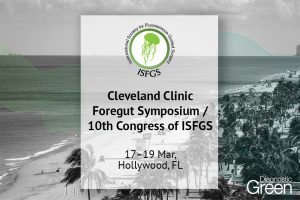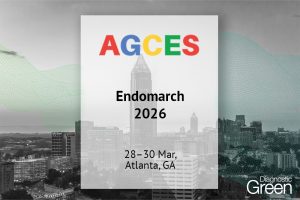Purpose: The aim of this study was to determine if indocyanine green (ICG) is a suitable replacement for blue dye for dual-tracer sentinel lymph node biopsy (SLNB).
Methods: A single-center retrospective review of female breast cancer patients aged ≥ 18 years who underwent SLNB with technetium-99 (Tc99) and ICG was performed from November 2022 to April 2024. Operative reports were reviewed to determine sentinel lymph node (SLN) identification rates with ICG (fluorescent) and Tc99 (radioactive). Pathology reports were reviewed to determine the pathology of excised SLNs. Blue dye is an umbrella term for tracers such as methylene blue and isosulfan blue, both of which have been associated with perioperative complications. These complications range from mild hypersensitivity reactions to anaphylaxis, skin tattooing, and skin and fat necrosis. Compared with other tracers, blue dye requires additional downtime after injection prior to SLNB. Breast massage for up to five minutes is recommended for maximal dilation of lymphatic channels and adequate tracer travel to sentinel lymph nodes (SLNs). Given these drawbacks, indocyanine green (ICG) has been explored as an alternative to blue dye in SLNB in recent years.
Results: One hundred and nineteen SLNBs were performed on 117 patients. At least one radioactive or fluorescent SLN was identified in 93.2% of all patients. The mean number of SLNs retrieved per SLNB was 1.6 (fluorescent, 1.5; radioactive, 1.5). Of all excised SLNs, 89.4% were fluorescent, 88.4% were radioactive, and 81.9% were both fluorescent and radioactive. SLN metastases were present in 26 patients (22.2%); of SLNs identified with metastases on pathologic examination, 87.2% were fluorescent, 74.4% were radioactive, and 71.8% were both radioactive and fluorescent. Two patients (1.7%) experienced skin flap necrosis and one patient (0.9%) experienced prolonged skin discoloration. No patients experienced allergic reactions.
Conclusion: This study demonstrates that SLN identification rates using ICG and Tc99 are comparable to those using blue dye and Tc99. Thus, ICG is a suitable alternative for blue dye. Future work should assess if ICG is a suitable tracer for SLNB in low-resource settings where Tc99 is not available.
https://link.springer.com/article/10.1007/s10549-025-07767-7




